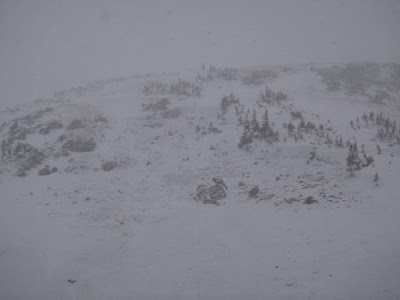It comes with a heavy heart to announce I'm moving on from the Crested Butte Avalanche Center to take on a new role as the director of the Flathead Avalanche Center. I'm looking forward to an opportunity for personal and professional growth in Montana. I'm grateful for the strong sense of community here that has made this place my home, both in town and in the backcountry. Our mountain town is unique in how our backcountry users respect and look out for each other, and this energy is what has helped our little avalanche center thrive and grow to what it is. Your observations, support, and donations help to make the CBAC one of the best forecast centers in the country. Thank you for that, Gunnison Valley, and I hope that is something that won't change here as the backcountry evolves and becomes more crowded.
I'm excited to announce our new executive director and lead forecaster: Ben Pritchett. Ben brings a broad skill-set and diverse experience in the avalanche industry to the CBAC. In the past 12 years, Ben has served as the program coordinator for AIARE and avalanche education coordinator for the CAIC, gaining valuable experience working with backcountry users, educators, and forecasters around the country. Ben is a former forecaster for the CBAC and leads the forecasting program for the Grand Traverse. He also owns and runs a backcountry guiding business here in Crested Butte. Ben's industry connections and local understanding of our terrain, weather, and snowpack will contribute to the quality of our forecast products.
 |
| Ben at the 2017 Grand Traverse |
Over the past 5 years, I have poured my heart into making this center the best it could be. One of the hardest parts about leaving the CBAC was my sense of investment here and the fear of leaving the center high and dry on my way out. The folks at the Flathead Avalanche Center were patiently willing to negotiate for a delayed start date which helped us conduct a thorough interview and hand-off process, and I'm glad we landed Ben. Evan and Ian are two of the most dedicated and passionate forecasters I've had the pleasure of working with, and they are both planning on returning next year. We brought on a new development director this past fall, Karen Williams, who has been working with us to improve our fundraising and outreach. And with Ben joining the team, I know now that the CBAC is in good hands moving towards a promising future with the goal of educating our community and saving lives from avalanche hazards.
Sincerely,
Zach Guy



















